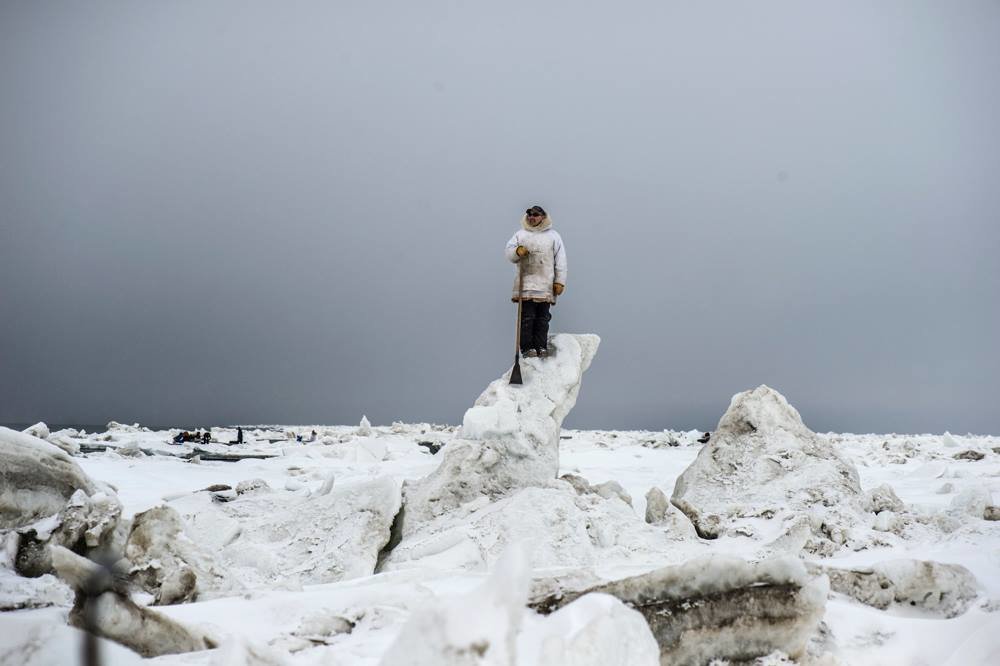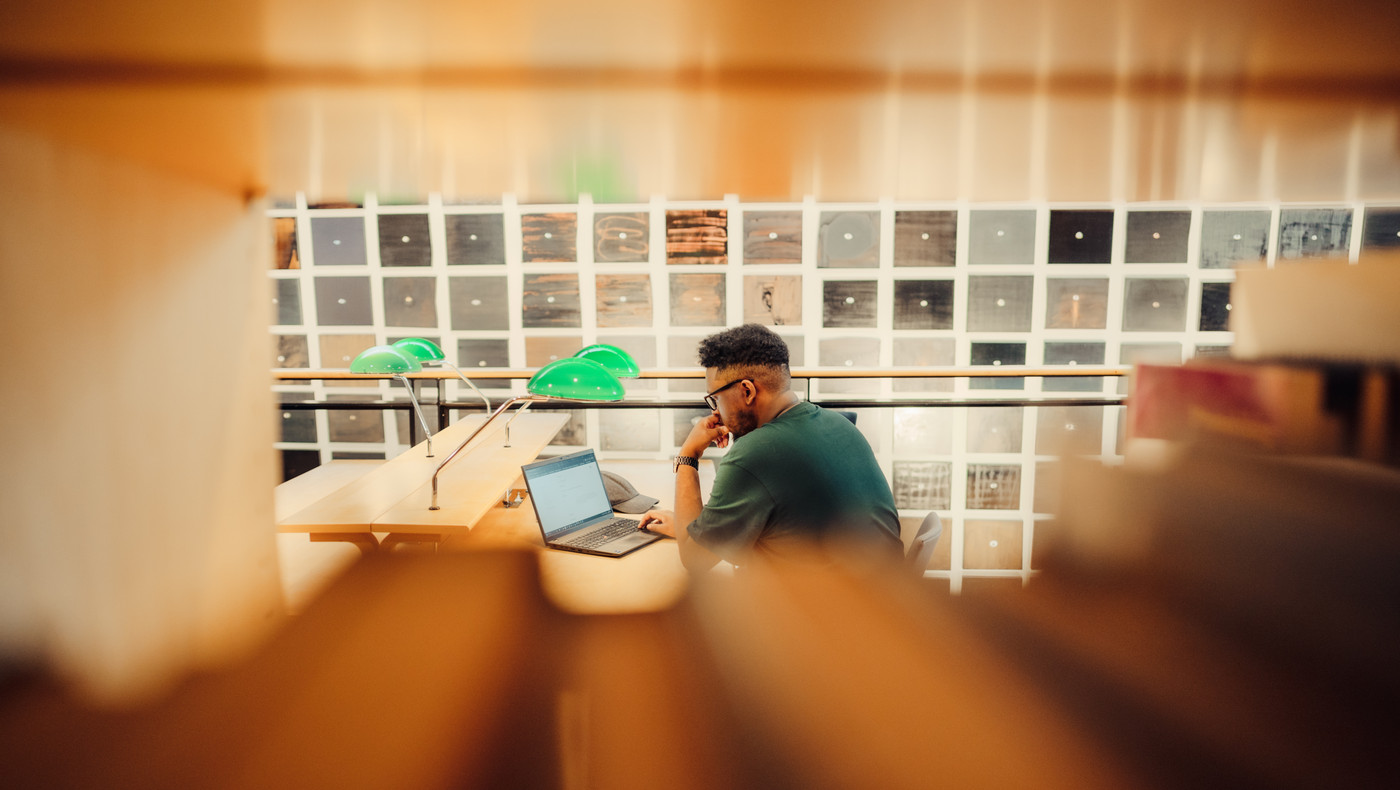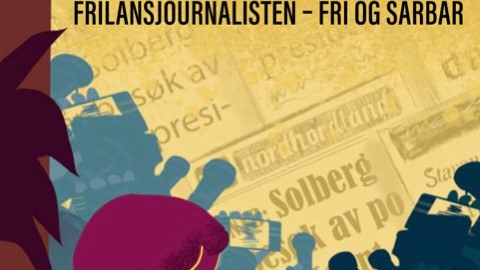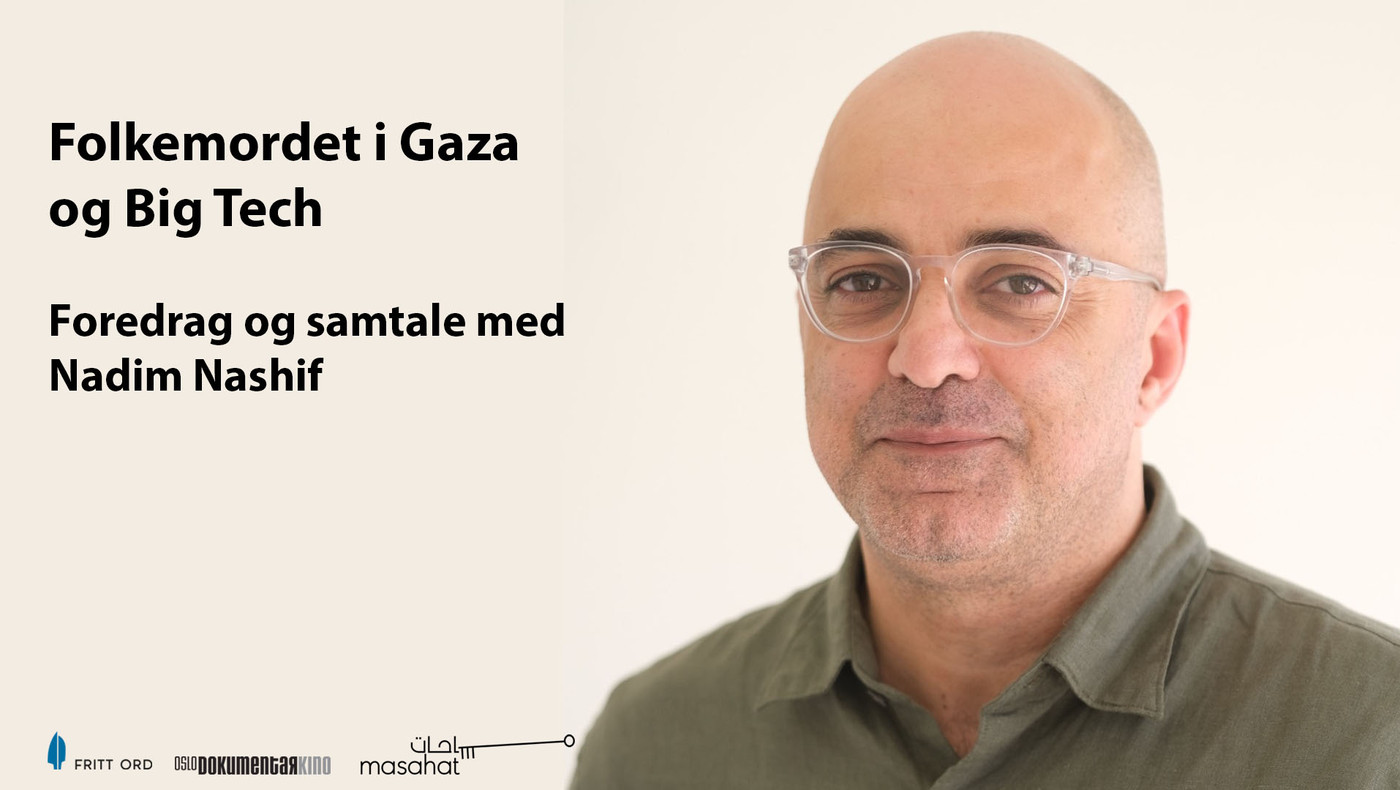Seminar: The big photo projects
How do the world’s leading photographers approach major long-term projects? What is required to get the point of the stories behind them across? At 6 p.m. on Friday, 3 May, the Dutch photographer Kadir van Lohuizen will be visiting Fritt Ord to talk about his work with documentary photography.
At the same time, the names of the photographers selected to take part in the next round of The Norwegian Journal of Photography will be announced.
A member of the prestigious NOOR photo agency, Lohuizen has been working with photo projects for years. He is currently travelling the world to document challenges related to climate change.
On Friday, among other things, he will be showing his project entitled ‘The Arctic, a new frontier’, based on his trips to Arctic areas to photograph how ice melting is changing not only the physical landscape, but the political one as well. The Washington Post has published a large part of his project.
He will also speak about the project ‘Wasteland’, which shows how rubbish from six metropolitan areas is handled incorrectly, affecting people every single day. Last year, the photographer was recognised by World Press Photo for his work.
Lohuizen will focus in particular on how he approaches the comprehensive stories. From the idea phase, funding and development of the projects, to planning and implementation, as well as how he balances photography, video and drones.
In addition to his climate-related projects, the NOOR photographer has covered conflicts the world over since he embarked on his career in 1988. He has also carried out a project on the seven largest rivers in the world, culminating in the book ‘Rivers’. In it, he followed the rivers from their sources, taking pictures of everyday life along these crucial life lines. In 2004, he began a study of the diamond industry. He photographed diamonds from mines in Angola, Sierra Leone and DR Congo, following them to shops in the western world. For that work, Lohuizen received inter alia a World Press Photo award.
Another of his long-term projects was conducted in 2011 and 2012. For 12 months, Lohuizen travelled along the Pan-American Highway from Terra del Fuego in Patagonia in the south to Deadhorse in northern Alaska. His idea was to document migration in the Americas. He told the story as a digital project for an iPad, as well as through a wandering multimedia exhibition.
The seminar will be organised by ‘The Norwegian Journal of Photography’ and Fritt Ord.
When: Friday, 3 May, 6-9 p.m.
Where: The Fritt Ord Foundation’s premises in Uranienborgveien 2, 0258 Oslo.
The event is free of charge and open to the public.
Link to the Facebook event




